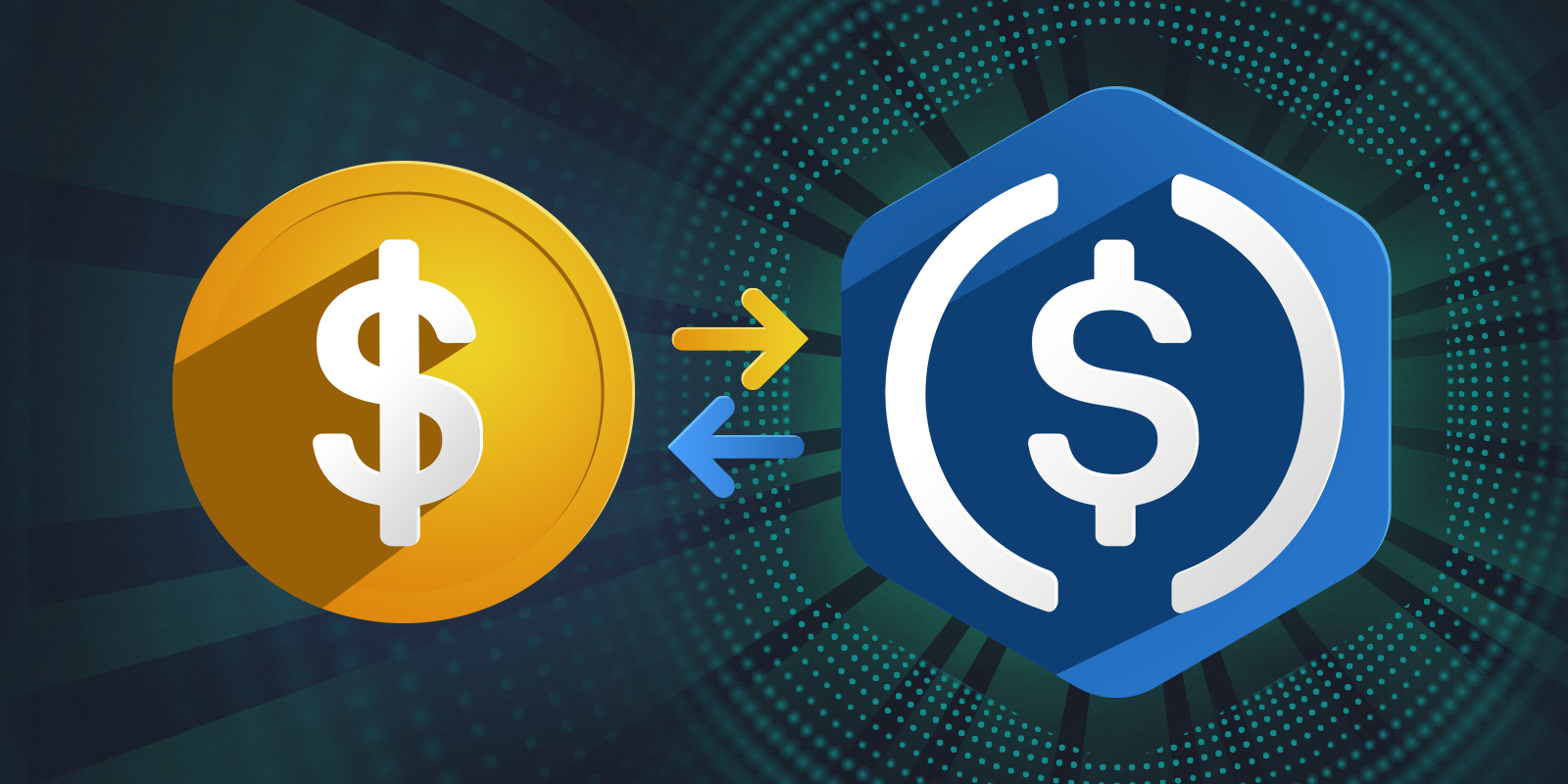In the world of finance, many terms may seem complicated, especially when we talk about cryptocurrency and fiat. For those new to this area, questions may arise such as what is fiat currency? How does it compare to cryptocurrencies like Bitcoin? In this blog post, we'll provide clarity about fiat vs. Bitcoin.
Fiat money is a government-issued currency that is not backed by a physical commodity like gold or silver. Instead, its value comes from a government's trust and confidence. It is a legal tender accepted by law. Fiat currency is standardized, fungible, and backed by the government, and its value is determined by currency markets. Examples include the United States Dollar, Euro, Japanese Yen, and British Pound Sterling.
On the other hand, Bitcoin is a decentralized digital currency that operates without a central authority, a bank, or government backing. Its value is determined by market supply and demand. The process of creating Bitcoin is called mining, which is an energy-intensive process to verify and secure transactions.
Unlike Fiat money, Bitcoin has a limited supply, and only about 21 million Bitcoins will ever be produced. For this reason, Bitcoin has a fixed inflation rate, while fiat currencies are subject to inflation or deflation, depending on economic conditions.
Another significant difference between fiat currency and Bitcoin is their use case and transaction cost. Fiat money can be used for everyday transactions like buying groceries, paying bills, while Bitcoin is primarily used for online transactions and as a store of value like gold. Bitcoin transactions are also faster, more secure and involve minimal transaction fees compared to traditional banking methods, which often include fees, delays, and the involvement of intermediaries.
Moreover, Bitcoin provides an unprecedented level of transparency and privacy, as it operates on a public blockchain ledger. Anyone can see transactions and activity taking place in real-time, but the identity of the users involved is anonymous. In contrast, fiat currencies lack this level of transparency, and users are bound by stringent anti-money laundering Laws, Know Your Customer (KYC) requirements, and numerous other regulations.
In conclusion, Bitcoin and fiat currencies are two different concepts with unique characteristics. The critical distinction between the two is government backing and decentralization. Fiat currency represents centralized government power, guaranteed by a government's authority, while Bitcoin is decentralized and operates without government intervention. Both currency types have their uses and limitations, and as the world of finances evolves, it is essential to have a solid understanding of these concepts. Understanding the differences between fiat and Bitcoin is the first step towards making informed financial decisions, regardless of your preferred method of payment.
